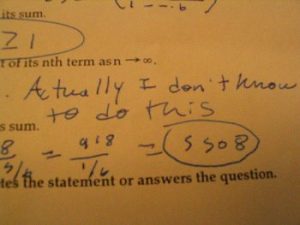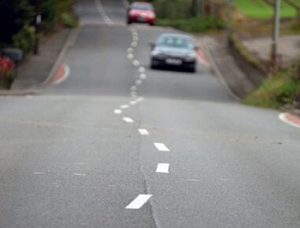
Measuring Task Times Without Users
A key aspect of usability is efficiency. Users should be able to complete tasks quickly. Efficiency is usually measured as time on task, one of the quintessential usability metrics. For transactional tasks done repeatedly, shaving a couple seconds off a time can mean saving minutes per day and hours per week for users (think Accounting,


